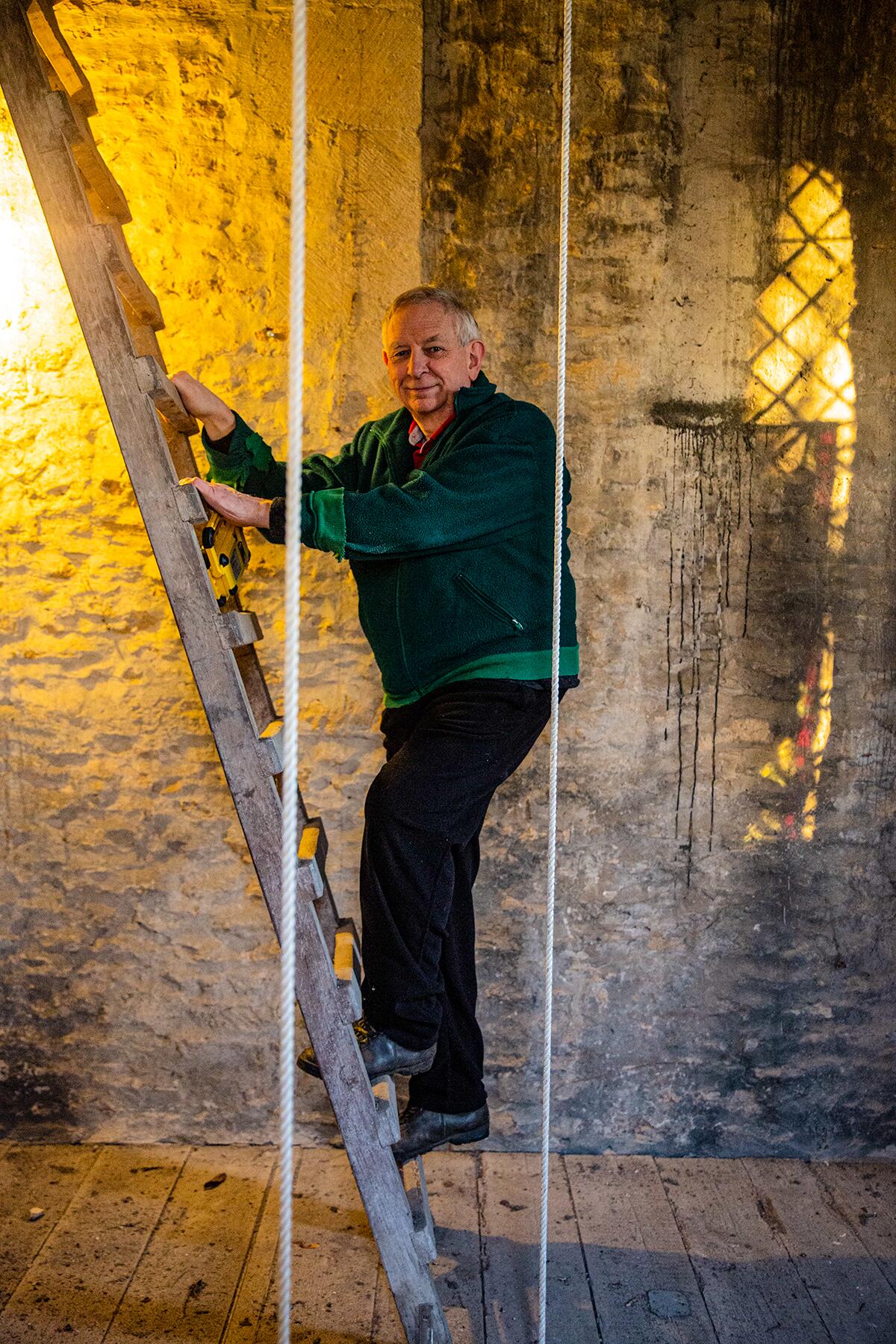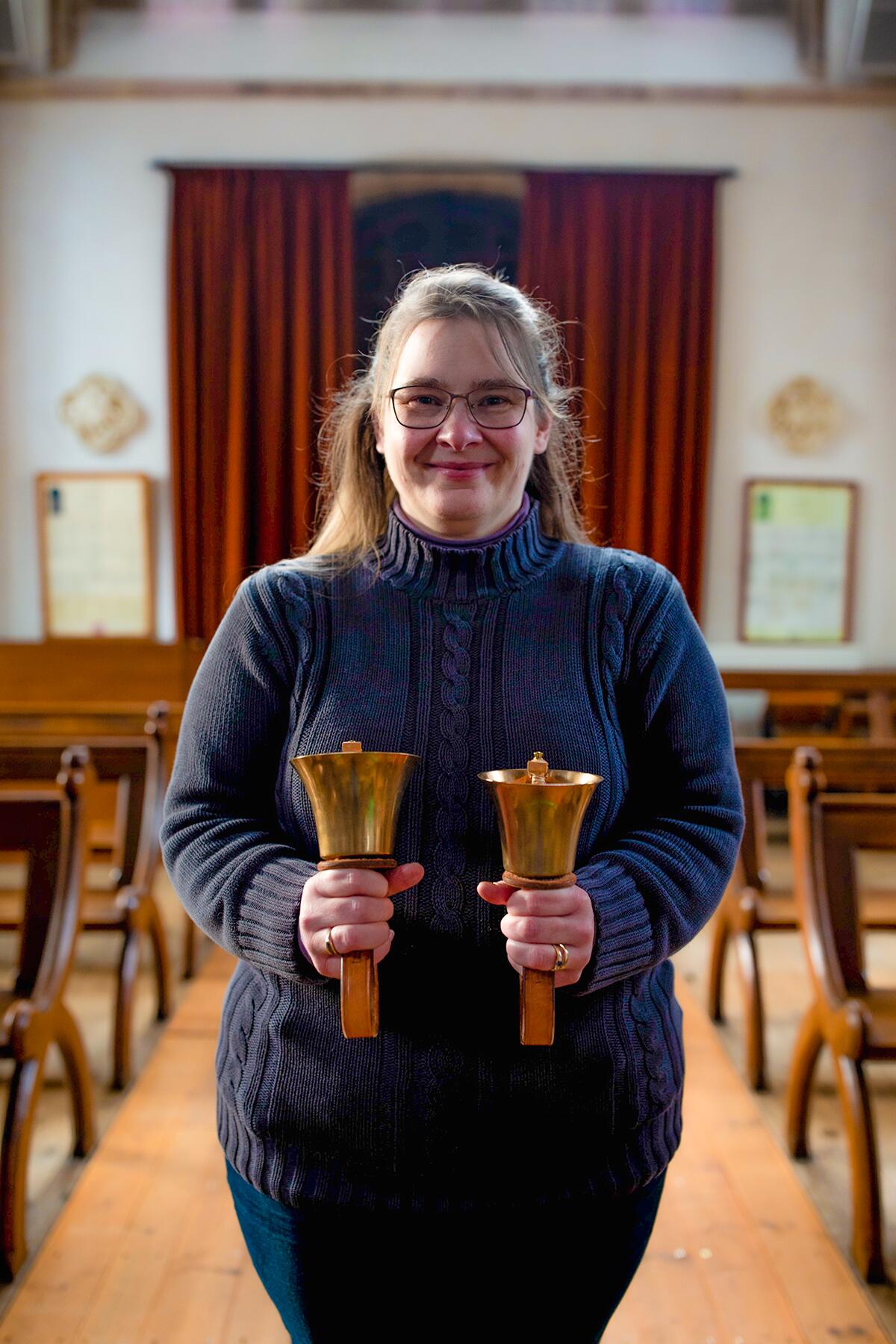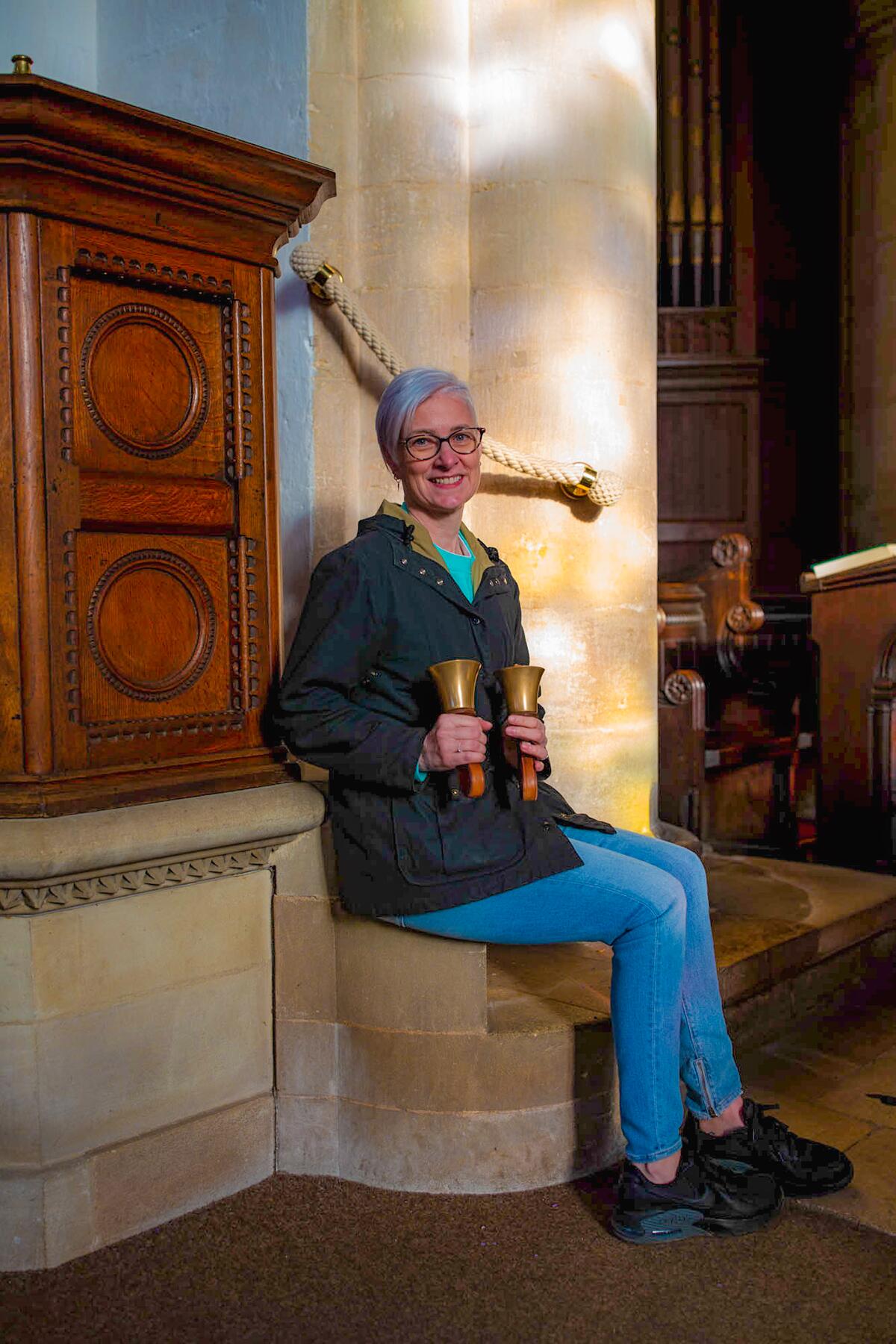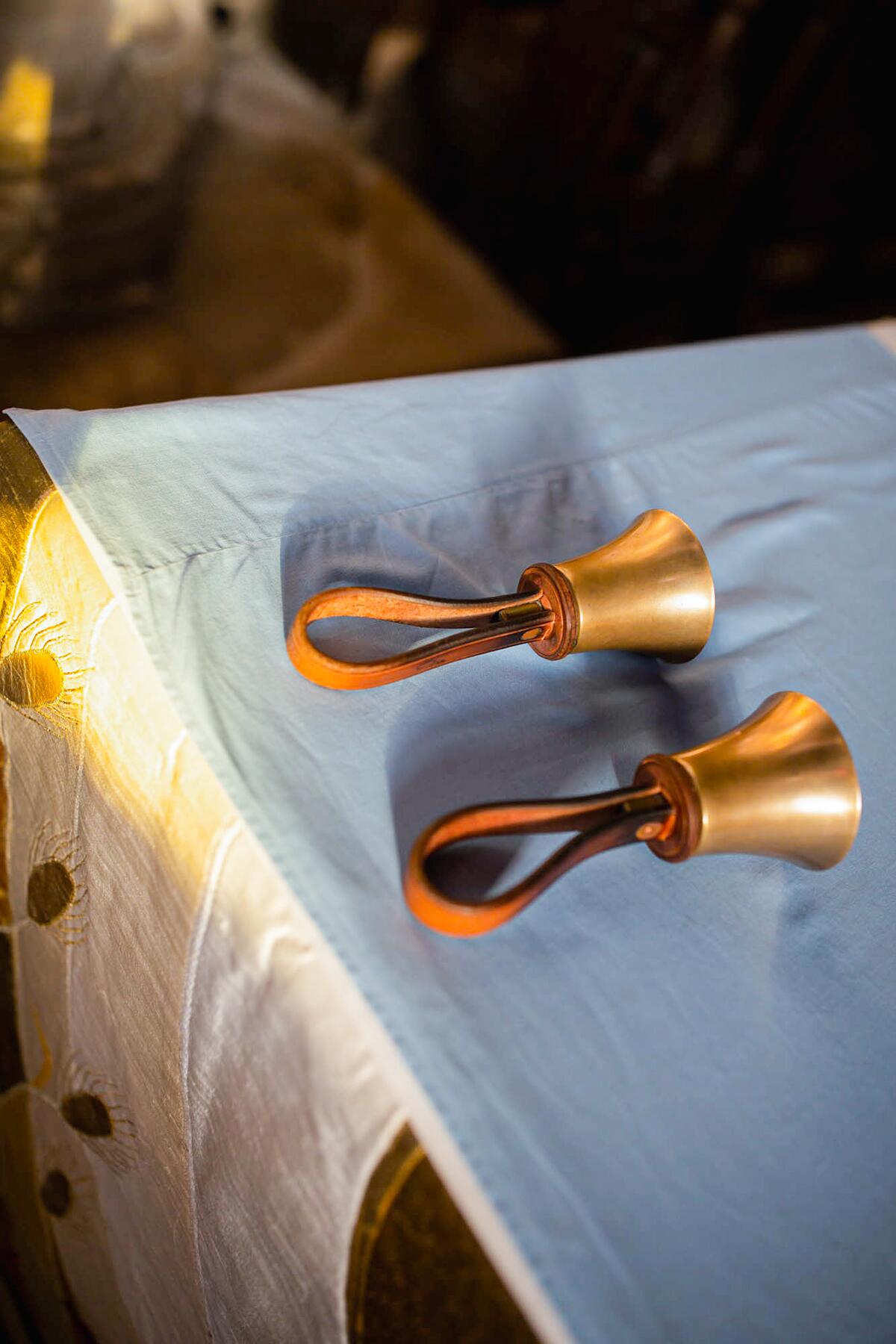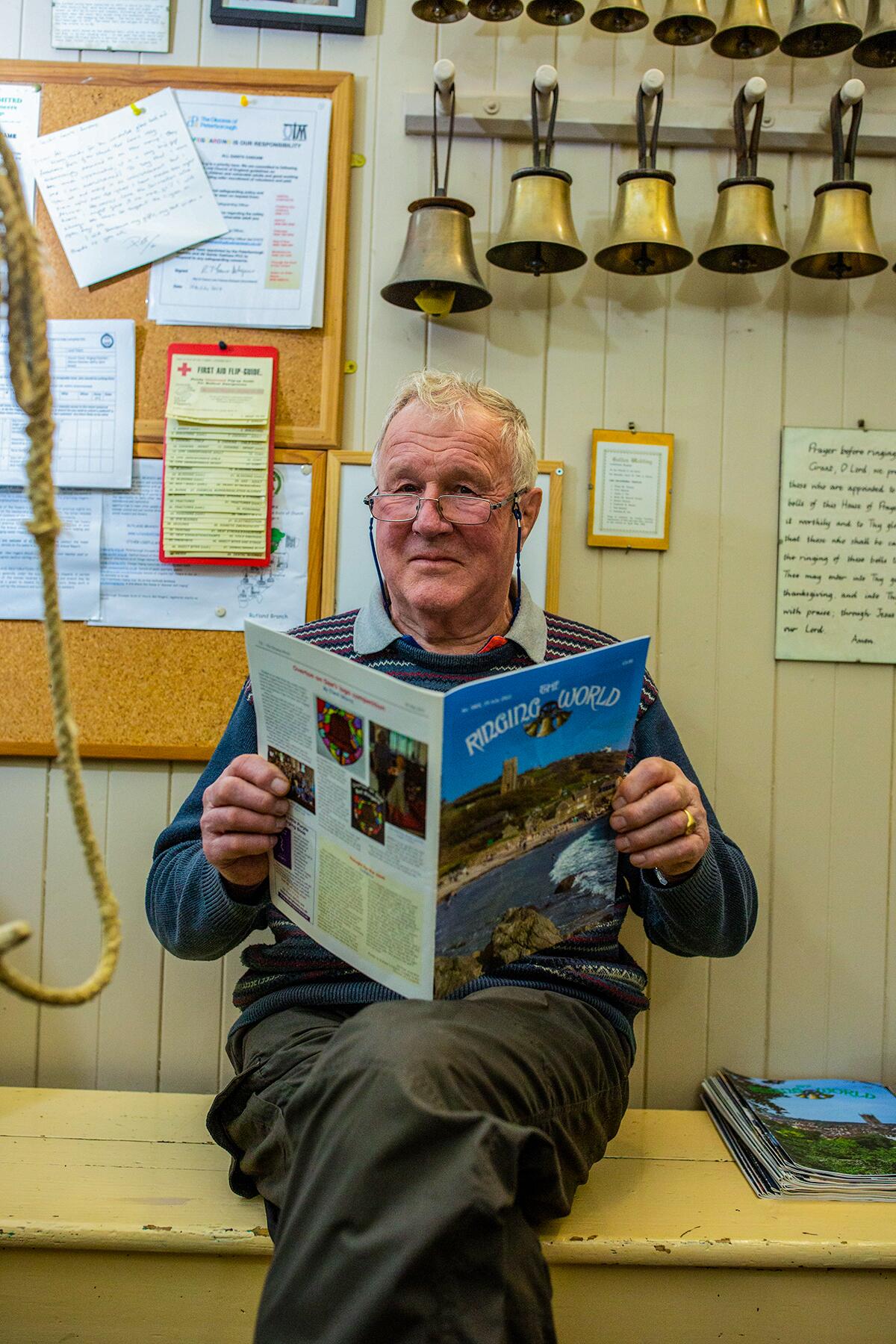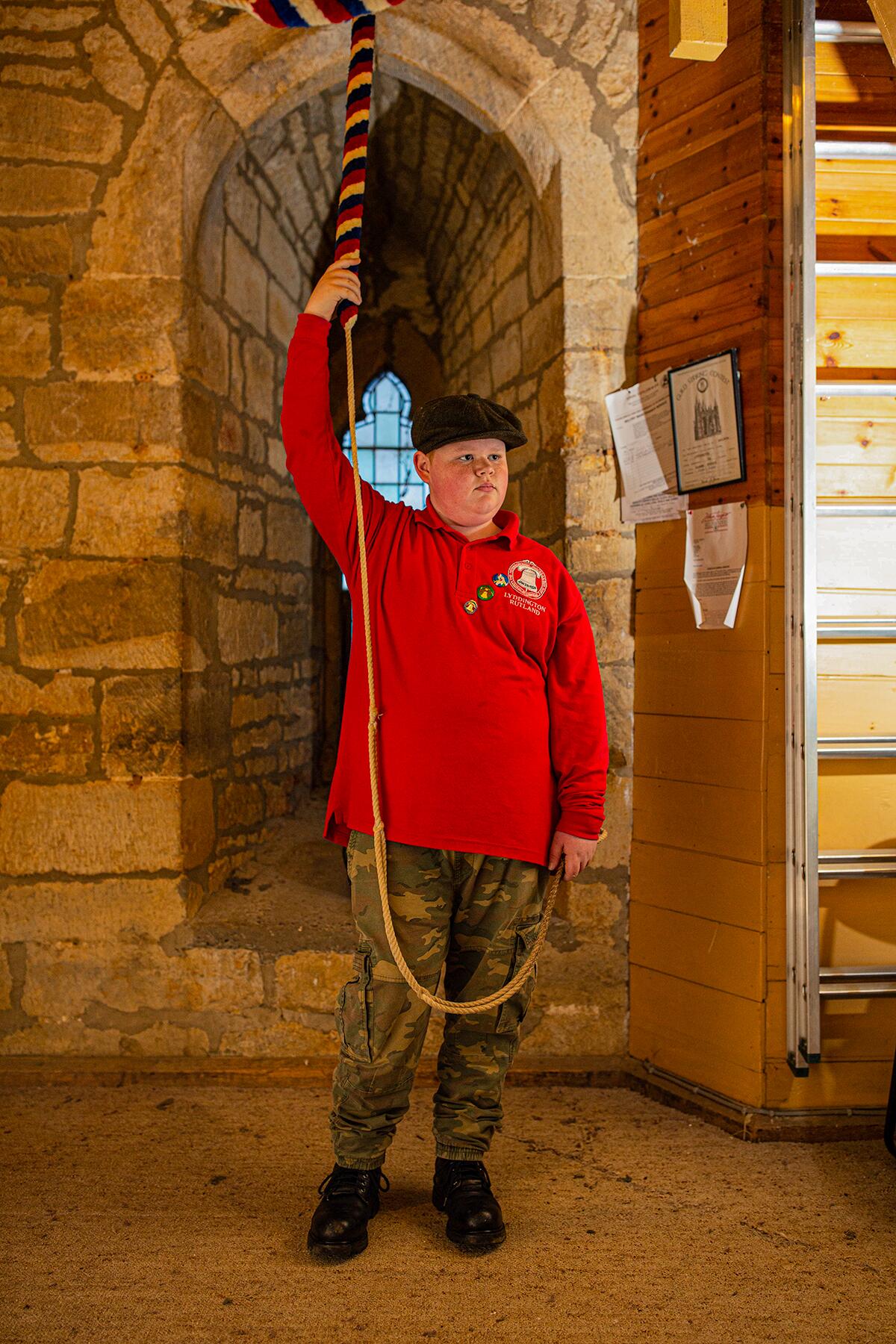With the Coronation of King Charles III, bell ringers take the spotlight.
During the depths of the pandemic, bell ringing in the United Kingdom was at a standstill. Towns and villages went quiet and bells were motionless.
“When there are no ringers, there are no bells, and if there [are] no bells, there’s no joy,” says Harry Bromelow, a passionate 13-year-old bell ringer from Lydington, Rutland, who remembers that period despondently.
Two years later, people are gathering, bells are back and swinging. And with the recent coronation of King Charles, there’s even more excitement to get out and ring all 38,000 of the nation’s bells. It was an intense month recruiting ringers throughout the United Kingdom but May 6 marked their opportunity to shine, lighting up the country with sounds of celebration and joy.

The Bell Ringing Community
Bells are largely unseen by the public–instead, they’re up high in church towers. Still, they mean a lot to the East Midlands, where their sounds permeate the landscape. In Rutland, the smallest county in the United Kingdom, green, rolling fields are peppered with historic villages where church towers are often the tallest landmarks. This is where bells are beloved and taken care of by locals known as “tower captains.”
Continue Reading Article After Our Video
Recommended Fodor’s Video
There’s something quintessentially British about bell ringing, enriching the community’s connection to the practice even further. English-style ringing–commonly known as change-ringing–is the most complicated and technical type of bell ringing. Multiple ringers work together in a circle by pulling ropes attached to bell wheels. The bells strike in a continually changing order, making a more interesting, dynamic overall sound. It is a sound that’s embedded in the public consciousness.
INSIDER TIPYou can visit bell ringing practice by contacting the church directly and coordinating with the tower captains. They are usually practicing weekly on Tuesday evenings.
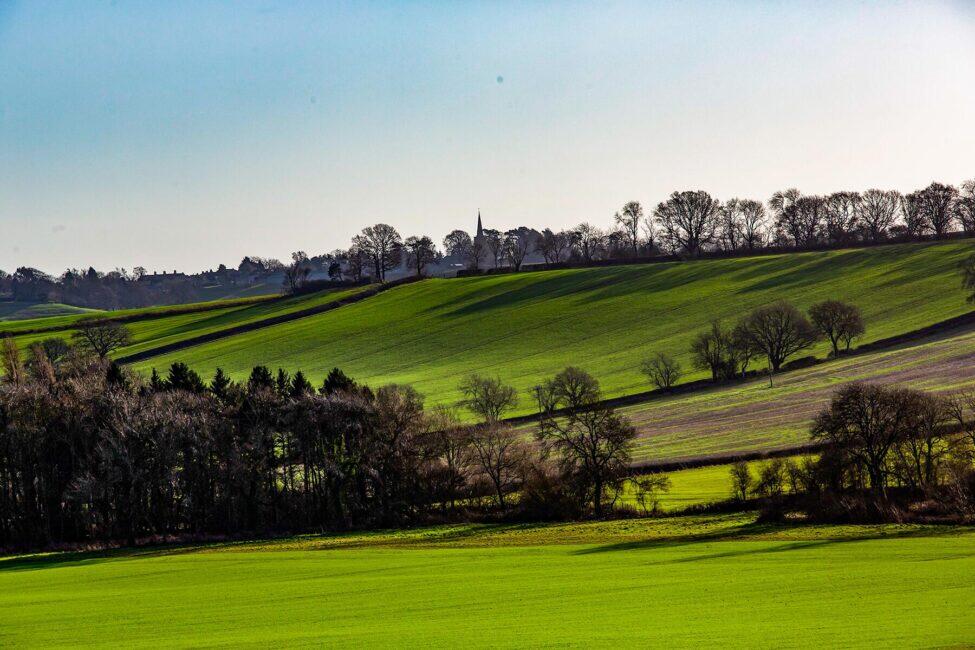
1. Simon Forster climbing up the tower for bell maintenance in St. Andrews Church, Hambleton. 2. Sarah Tapscott holding handbells thought to be over 100 years old in St Mary’s Church, Ketton.
Bells were primarily made to communicate basic information, to signal time, and call people to church. But they evolved to communicate various other things, such as curfews, alarms, the opening of a local fair, or commencing joyous occasions such as weddings and royal visits. Eventually, the sound of bells became less religious, becoming its own sport and entertainment. People became interested in creating different tunes and soundscapes. Today, a large active network of ringers creates social events, group excursions to other church towers, and competitions throughout the country.
Jody Knowles at practice; and a pair of handbells found in St Mary’s Church, Ketton.
Ringers keep this tradition alive, scheduling bell practice every week and usually ringing as a group on Sundays. Attending bell ringing practice is not a well-known tourist attraction, but they’re open to the public and a fascinating way to discover the inner workings of a church.
At Peterborough Cathedral, one of the most significant medieval abbeys in the country and the burial place of two queens (Katharine of Aragon and Mary, Queen of Scots), practicing bellringers must enter a discrete back door, climb 125 stairs to the top of the tower, and walk across a creaky vaulted ceiling to reach the belfry. Once at the top of the tower, there’s the opportunity to take a closer look at stained glass windows, hidden rooms, and panoramic views.
“Part of the fun,” says bell ringer Nick Elks, “is you see parts of churches that a lot of other people don’t usually see.”

Many of the bell-ringing practices are full, often with people waiting on the side to step up and have a turn. People come for various reasons. For Louis Totara, tower captain of All Saints Church, Oakham, bell ringing in part of his family lineage. For Harry Bromelow, it’s a fun social activity to share with his mother and has been great for his mental health. A passionate bell ringer and historian, Simon Forster volunteers to look after several towers and do bell maintenance.
In 2022, bell ringers rang for Accession Day, the Platinum Jubilee, and the death of Queen Elizabeth II; this year, they have the coronation. “What a time to be ringing,” says Sharon Bromilow, “it’s amazing.”
The Taylor Bell Foundry
The Taylor Bell Foundry in Loughborough, Leicester, adds to the region’s rich history and the importance of bells. It is the largest active bell foundry in the world and the last major one in the United Kingdom.
Despite the demand for bells having decreased over the years, the foundry employs dozens of people and keeps bells relevant today.
INSIDER TIPAfter receiving a significant grant from The National Lottery Heritage Fund, the museum is currently under renovation, but you can still schedule a tour and see the foundry in action.
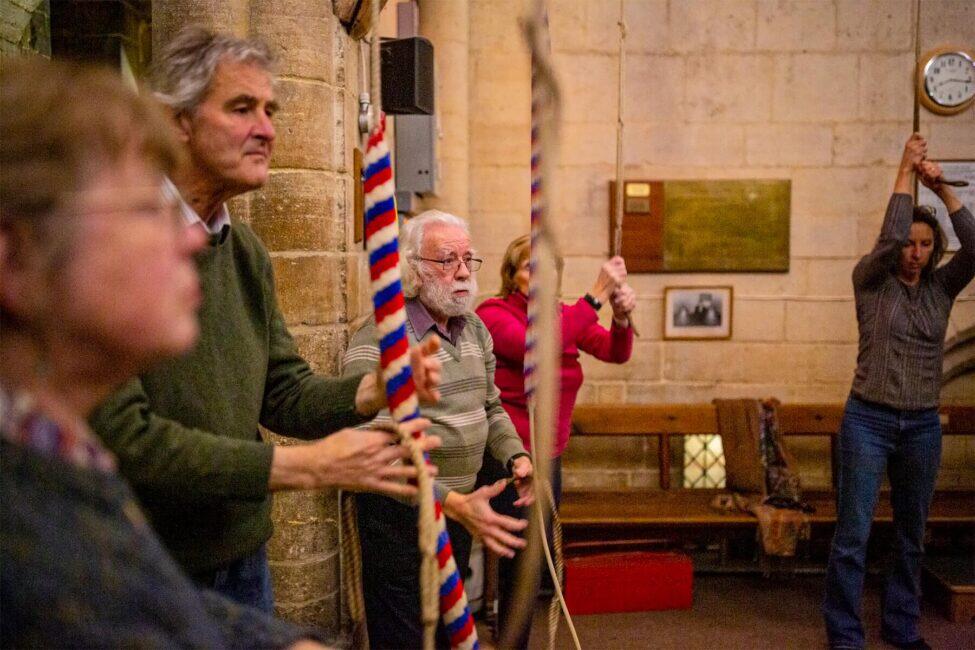
The Taylor Bell foundry has been making and exporting bells in this location since 1859. It’s estimated that they’ve cast over 25,000 bells, hanging in 100 countries around the world. One of their most notable bells is the “Great Bell,” it’s both the largest and heaviest in Britain, weighing 16 tons, and lives at St Paul’s Cathedral, London. More recently, they crafted a specially branded bell for AC/DC–called the “Hells Bell”–which they made for the band’s Back in Black tour in 1980; the tour manager called it a logistical nightmare, as its weight punctured through the stage during their premiere.
1. John Tomalin in All Saints Church belfry, Oakham. 2. Harry Bromelow in his local belfry, St Andrews Church, Lydington.
Otherwise, the foundry is also well known for having perfected its beautiful-sounding bells. Girdar Vadukar, a manual machinist who has been the foundry’s bell tuner for over 13 years, was working on ten bells for a church in Chicago when he explained that many end up in Hindu temples as well. “I like a bell because it goes in a church or temple, they’re close to God,” he says.


“Every church has bells and bell ringing,” says Conner Newall, a woodworker at the foundry, “and it can blend into the background. It’s only when you realize quite how much effort goes into it, from the bell ringers to the people who’ve made them and installed them in, it’s given me an appreciation for what they’re there for and what they represent.”

